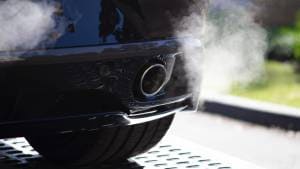All your questions about BSVI diesel engines answered
Come April 2020, or even before then for that matter, the factors that affect which car suits you could change significantly. With the BSVI emission norms coming into force at that time, carmakers will rethink their line-ups for India. Diesel cars, already losing favour due to increasing fuel prices, some bad rep and uncertain legislation, will be the most affected as they become significantly more expensive.
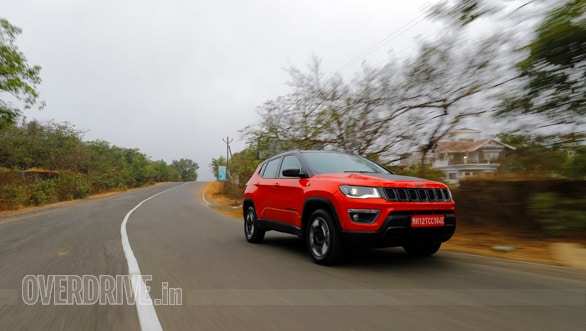
What exactly are the BSVI norms?
These are the latest in the Bharat Stage emission standards that were adopted by India in 2000. These are largely based on the European emission standards, but with a roughly five-year delay in implementation. Standards are set on how much particulate matter, sulphur and NOx vehicles can emit.
In a 2016 announcement, it was decided that India would skip BSV norms entirely, and move directly to BSVI, as a means to tackle the sharp rise in pollution across Indian cities. This is a huge jump. NOx emission limits will drop by 68 per cent for diesel cars, and a limit has been set on how much PM(up to 93 per cent less) and how many particles the vehicle can emit in a kilometre(6 x 10^11). It will also be mandatory for vehicles to carry onboard portable emissions measurement systems.
But how will these make cars more expensive?
Most of the new standards are aimed at diesel cars. For example, BSVI petrol engines only need to lower NOx emissions from 0.08 g/km to 0.06 g/km, but diesels meeting these norms need to get it to 0.08 from 0.25 g/km. This means a whole lot of new components need to be added. The most notable of these is the Diesel Particulate Filter(DPF) to control particulate matter and the SCR(selective catalytic reduction) which controls NOx outputs. These new components and the electronic systems that manage this will cause prices to rise significantly, by up to 14 per cent by some estimates.
What is a DPF exactly?
As the name suggests, the Diesel Particulate Filter's job is to remove toxic chemicals and particulate matter from the exhaust fumes. These use a system of physical components and chemical reactions to achieve the desired emission levels.
The DPF usually works in conjunction with another device called the Diesel Oxidation Catalyst, or DOC. The DOC is the first step in the purifying process. It is made of a very fine filter made of precious metals like platinum. The hydrocarbons, carbon monoxide and unburned fuel and oil pass through this and are combined with oxygen to make them less harmful.
The gases and leftover after this move to the DPF. Like the DOC, this is also made of fine ceramic bits but includes a mineral called cordierite. But this is a wall-flow filter, unlike the free-flow DOC. A wall-flow filter makes the gases pass through porous walls, instead of the fine mesh of a free-flow filter.
Most of what the DPF processes are soot. These are imperative to meet the new particulate matter limits that have been set as per the BSVI norms. The porous filters capture these particles and store them.
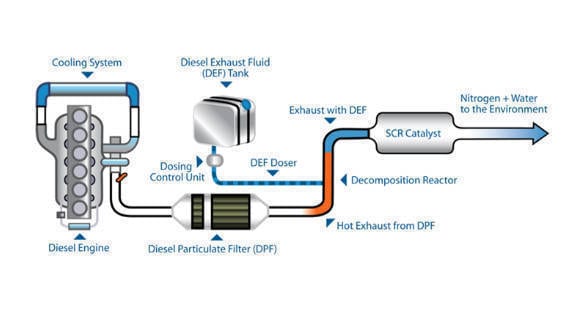 Image
Image
What happens to the soot after that?
The soot can't remain in the DPF indefinitely. The accumulated soot can impede the flow of the exhaust gases. This may eventually lead to loss of power and worsening emission. To overcome his flaw, these exhaust systems apply a process called regeneration to bring the DPF back to its optimum level.
This can happen in two ways
-Passive regeneration
This happens during normal operation. When the user drives the car for a long enough time at one go, at a steady pace, temperatures in the DPF reach around the 300-degree mark. This is hot enough to burn off this soot.
-Active regeneration
This happens when active regeneration isn't enough to get rid of all the soot. To replicate the conditions needed, the ECU injects a fit of fuel in the filter after the soot reaches a specified limit. The fuel ignites in this space and raises the temperature up to a point to allow the soot to burn off. If this doesn't happen, the engine becomes extremely sensitive to bad fuel and the resultant soot can clog the filter to an extent that the engine can temporarily stop functioning until the filter is cleaned.
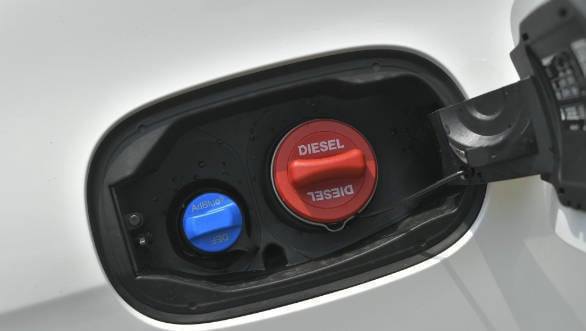
What is the SCR for then?
This where things become slightly complicated. The DPF only gets rid of particulate matter. As in, it converts it to ash which then needs to manually clear out when the car is being serviced. The harmful NOx still haven't been processed. Further, under the typical Indian driving cycle with its slow-moving city traffic and the dusty conditions, just the DPF might not be effective enough.
The SCR (selective catalytic reduction) steps in here. This system has been in use in heavy diesel vehicles in the West for some time but has now seen a large-scale take-up by carmakers.
The SCR again contains a certain mix of materials in a ceramic filter structure. These materials help quicken the chemical reactions taking place when the exhaust gases react with the diesel emissions fluid.
This diesel emissions fluid is AdBlue. AdBlue is a trademark owned by the German Association of the Automotive Industry (VDA). It standardised the product under the AUS 32 designation, which has since been used to market this additive.
As for the additive itself, it is a mixture of 32.5% urea and 67.5% distilled water. The urea is very similar to the stuff used in disinfectants and pesticides, so is bio-degradable, non-toxic and non-flammable. It is made by heating synthetic ammonia and carbon dioxide together. The result of this is added to the water to make AdBlue.
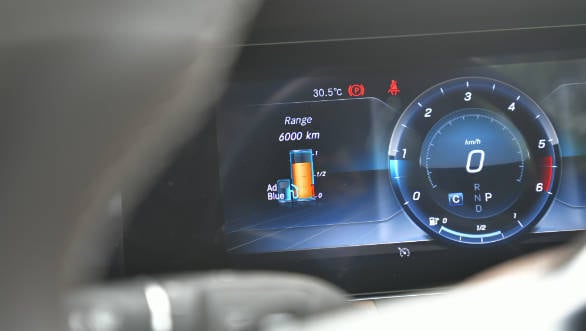
The AdBlue is stored in a tank in the car, and accessed via an opening usually in the fuel-filler cap or in the boot. A blue cap usually distinguishes it from the fuel opening. The tank sizes can range between five to 20 litres. This needs to be topped up after certain intervals depending on the tank size and usage. For example, the recently launched Jeep Compass Trailhawk has a 13-litre tank good for anywhere between 7,000 to 10,000 km. The driver can monitor levels from the instrument cluster and no real maintenance is needed other than this. But a shortcoming is that engines needing AdBlue will not function without it. The engine will stop working the moment the AdBlue tank goes empty.
The car's ECU injects a pre-set amount into the SCR via a dosing valve, in a direction opposite to the flow of gases. Here the ammonia in the AdBlue reacts with the NOx, which has by now vapourized, from the exhaust and converts it to harmless nitrogen and water.
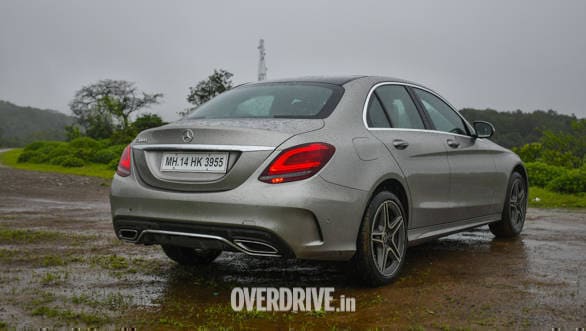
Seems a bit too complex
It does. But in practice its no different from driving any other car. A BSVI-compliant diesel engine will only be a bit more expensive to buy and run, given the higher quality fuel they'll run on. This move is necessary though. as we transition into a new era for automobiles where alternative fuels and onboard connectivity take precedence. But until that happens, diesel engines are still the most efficient in propelling a car, but also quite polluting. The technologies we spoke about here make diesels an option that hurts your conscience a bit less.
Starts Rs 17.79 Lakhs
1956cc
Automatic
163
350
14.9 Kmpl


